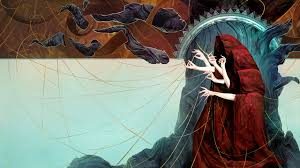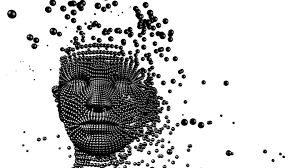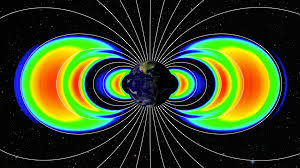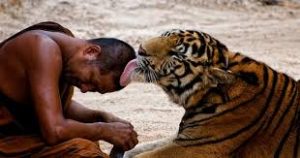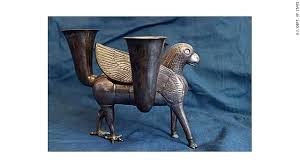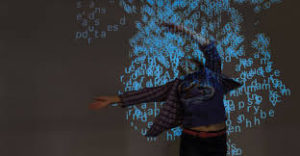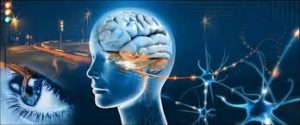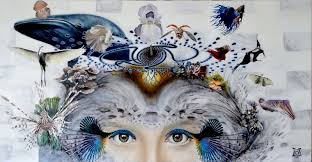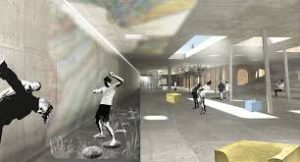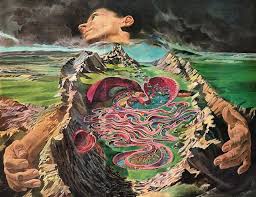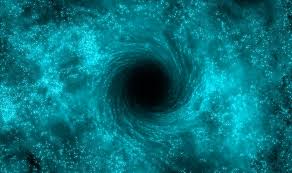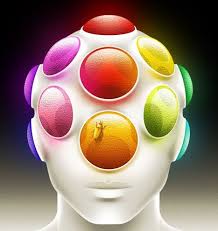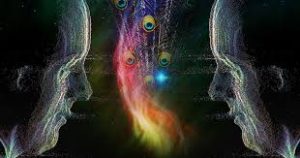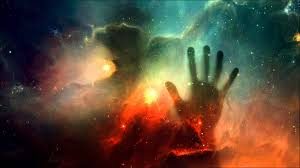The body is constantly repairing itself at an ex excellent rate.
It is doing so because we are giving it different “orders.” We are giving it a different picture of the world, and when doing that we have finally changed many of our old beliefs.
In actuality, the body’s response to such information is always instantaneous, whether or not the results show at once. We are beginning to hold a more “realistic” picture of how overall reality works. We are managing to disentangle ourselves from many disadvantageous cultural beliefs — beliefs that all of us for years took for granted.
We might combat those beliefs, struggle against them, but they still carry great weight. We will still believe them to an important degree. The entire idea, of fear, that had at one time of leading people down the garden path, was based upon those old beliefs. Those ideas have vanished. We are approaching a state of mind, individually and jointly, that represents far more closely one that is natural, with which the natural person is innately equipped.
Education in our culture is a mixed bag — and education comes not from schools alone, but from computers and television, magazines and books, from art and from culture’s own feedback. Generally speaking, for the purposes of this discussion, there are two kinds of education — one focused toward teaching the child to deal with the natural world, and one focused toward teaching the child to deal with the cultural world. Obviously, these are usually combined. It is impossible to separate them.
Our educational systems, however, for all of their idealism, have largely ended up smothering the natural individual bents and leanings of children, and overemphasized instead the cultural organization. It became more important, then for the child to conform to the culture rather than to follow its own individual natural leanings. Its own characteristic ways of dealing with nature were frowned upon, so that education does not work with the child’s abilities, but against them. Education then often goes against the grain of the natural person.
This does not mean that some children do not do very well under our system. I do not mean to imply, either, that children do not need an education, or that some discipline and direction are not beneficial. Children, however, will concentrate for hours at a time on subject matters and questions that interest them. They are often taken from such pursuits, and their natural habits of concentration suffer as a result.
We are unlearning right now, and discovering that this particular unlearning process is indeed highly educational. We are encountering our own natural knowledge.
In many instances, of course, we learned too well . The natural person that is ourselves loves to create. We did this apart from what we had to do in school as a child. These blogs, in that regard, came naturally, as the expression of natural abilities and tendencies, finally emerging despite my official views at any time.
My blog discussions brought about, however, a new kind of education that often seem in direct conflict with the old, and with the official views of contemporary society.
Whether or not these blog discussions happened as they did, however, once written online, the probability brought about by our relationships, meaning that in one way or another we would seek out a larger context of consciousness — a context, because of our talents, that would not remain private, but attract others.
The natural person is to be found, now, not in the past or in the present, but beneath layers and layers of official beliefs, so we are dealing with an archeology of beliefs to find the person who creates beliefs to begin with. As I have said often, evidence of clairvoyance, telepathy, or whatever, are not eccentric, isolated instances occurring in man’s and woman’s experience, but are representative of natural patterns of everyday behavior that become invisible in our world because of the official picture of behavior and reality.
The body’s natural healing processes each day rid people of diseases, repair emotional or bodily illnesses — and such instances go largely unrecorded.
Many of the ideas I have given in previous blogs have indeed, become alive now. In the same way, many other concepts and ideas already given will also assume a new significance and meaning, and add to the richness of our experience, because we will be open to them more than we were before, to ideas having to do with reincarnation, life after death, other spheres of activity.
Instinctively my paintings represent a certain state of consciousness — an in between threshold dimension of awareness, in which the imagination and the senses are almost caught in the act of putting an object together, or of bringing the world into a sensed reality, brand-new, from the realm of the inner mind: a very evocative state of consciousness, and one that could be used in connection with faces.
The body is then magically and naturally repairing itself in a function just as creative, of course, as inner work that goes on in the production of a blog, book or a poem — a fact I am finally getting through my head.






